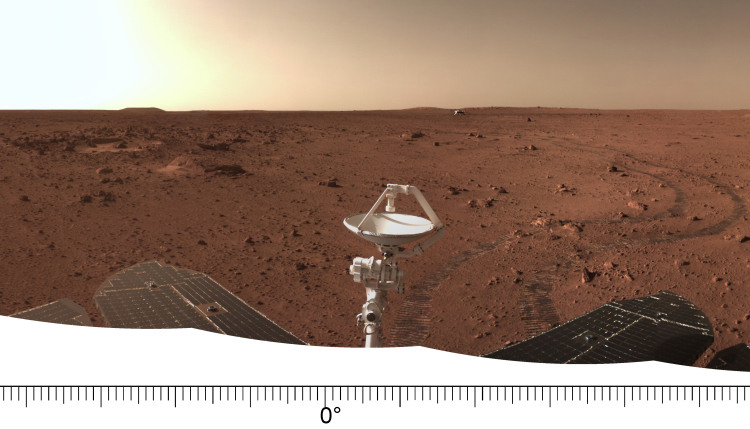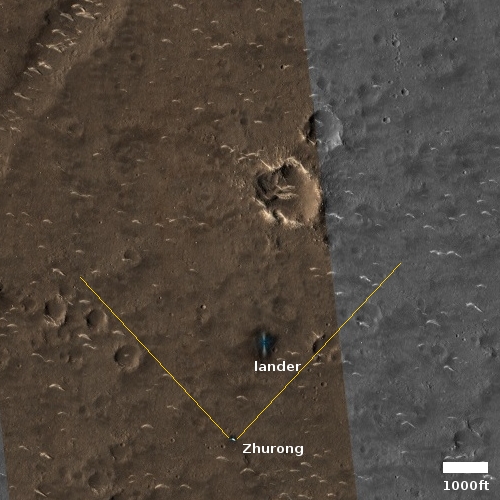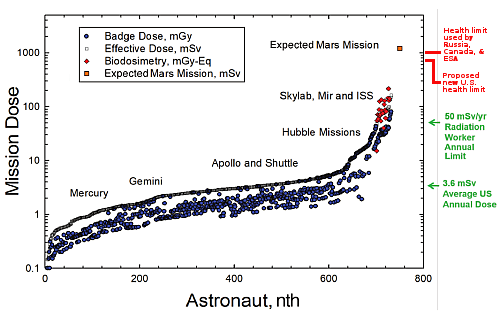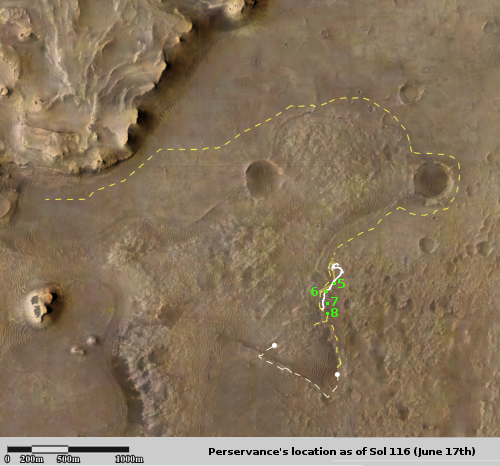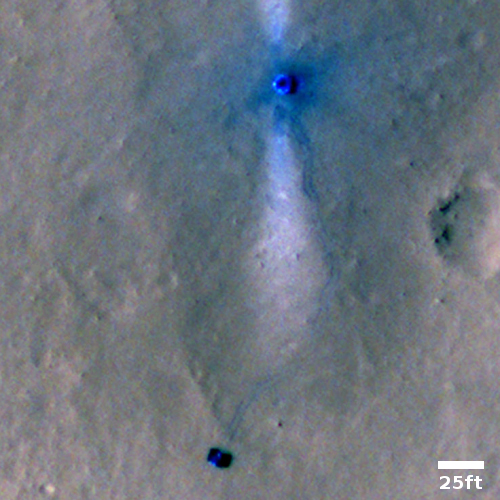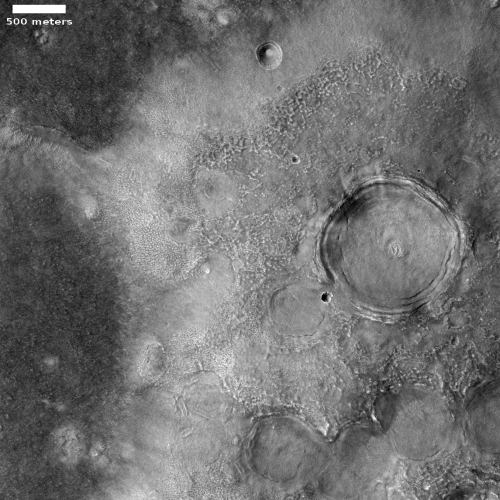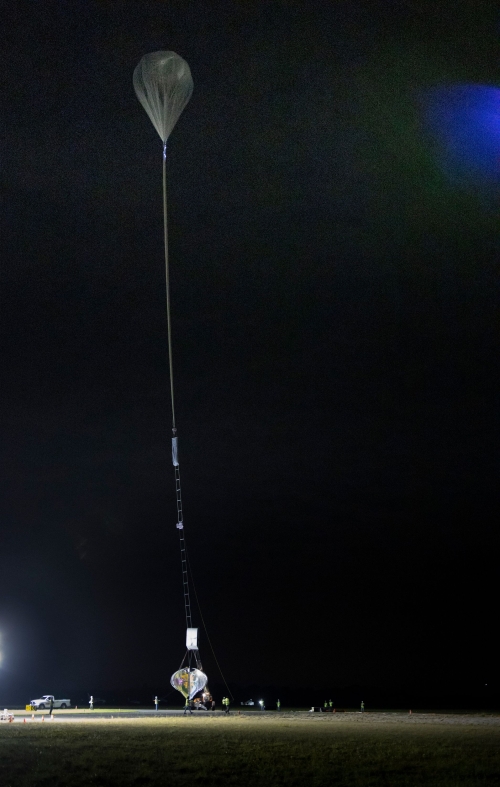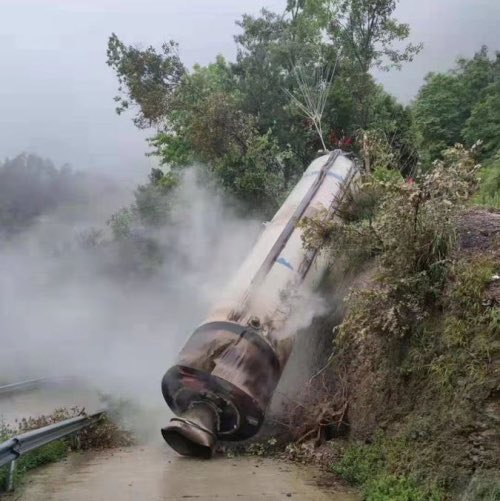OneWeb signs deal with BT, Britain’s biggest telecommunications company
Capitalism in space: OneWeb has signed a deal with BT (formerly British Telecom) where BT will test the use of OneWeb’s satellites to provide internet to remote regions in Great Britain.
The tie-up with Oneweb will come as a major boost to BT as it ramps up its efforts to roll out full-fibre broadband across the country. The telecoms giant recently hiked its target to 25m premises by the end of 2026. However, BT has previously warned that regulatory hurdles and geographic challenges could slow down the project. The companies said they would explore how a partnership could boost capacity, mobile resilience, backhaul and coverage in remote locations.
This means that OneWeb and SpaceX’s Starlink are now in direct competition for customers in the rural areas of Great Britain. While a Starlink customer uses their own dish to communicate directly to the SpaceX satellite constellation, OneWeb is designed to have many nearby customers first link via a ground network to a much larger single dish, in this case something that BT would provide, which will then send the data to the satellite constellation.
I have no idea which design is better. For customers however the existence of two options is great, and will guarantee better service and lower prices.
Capitalism in space: OneWeb has signed a deal with BT (formerly British Telecom) where BT will test the use of OneWeb’s satellites to provide internet to remote regions in Great Britain.
The tie-up with Oneweb will come as a major boost to BT as it ramps up its efforts to roll out full-fibre broadband across the country. The telecoms giant recently hiked its target to 25m premises by the end of 2026. However, BT has previously warned that regulatory hurdles and geographic challenges could slow down the project. The companies said they would explore how a partnership could boost capacity, mobile resilience, backhaul and coverage in remote locations.
This means that OneWeb and SpaceX’s Starlink are now in direct competition for customers in the rural areas of Great Britain. While a Starlink customer uses their own dish to communicate directly to the SpaceX satellite constellation, OneWeb is designed to have many nearby customers first link via a ground network to a much larger single dish, in this case something that BT would provide, which will then send the data to the satellite constellation.
I have no idea which design is better. For customers however the existence of two options is great, and will guarantee better service and lower prices.

